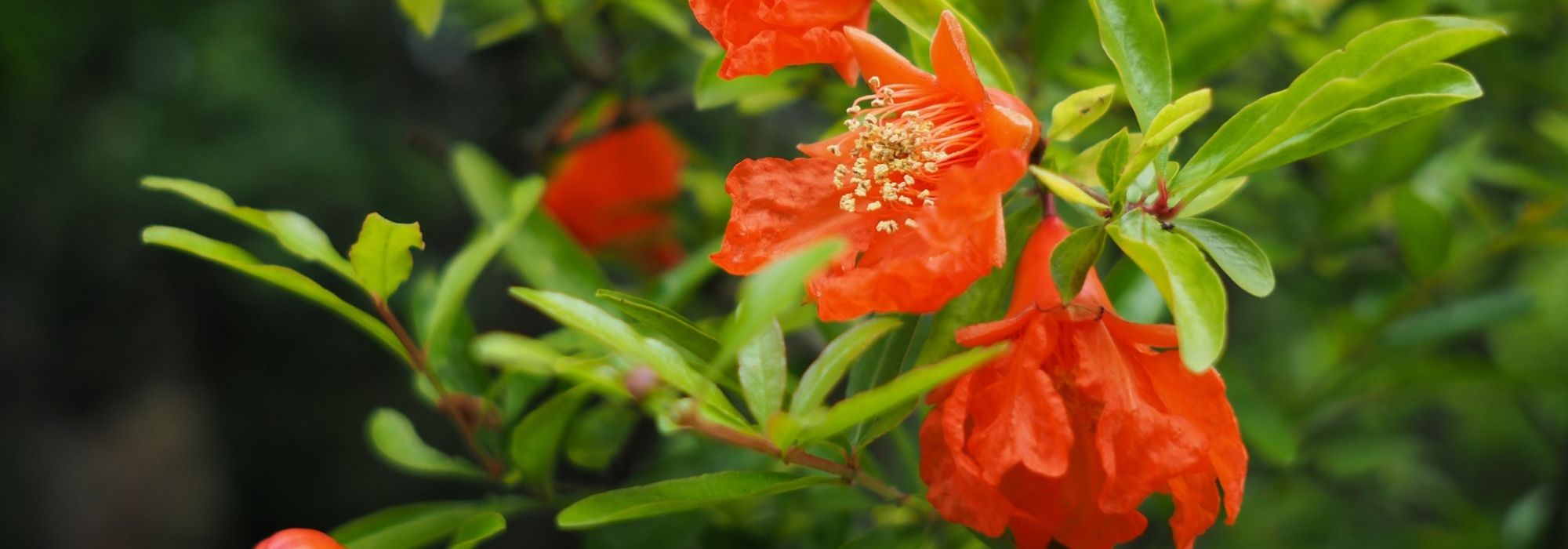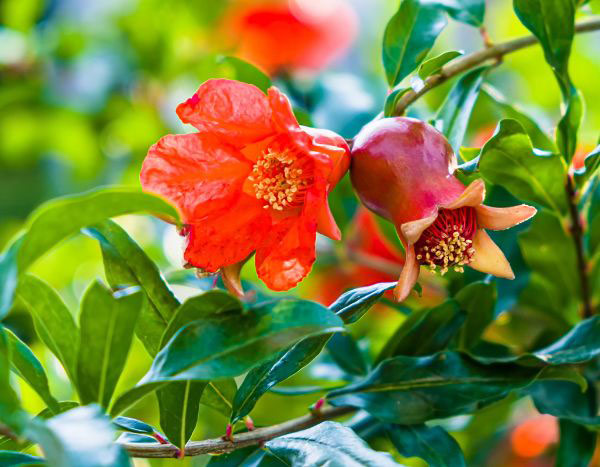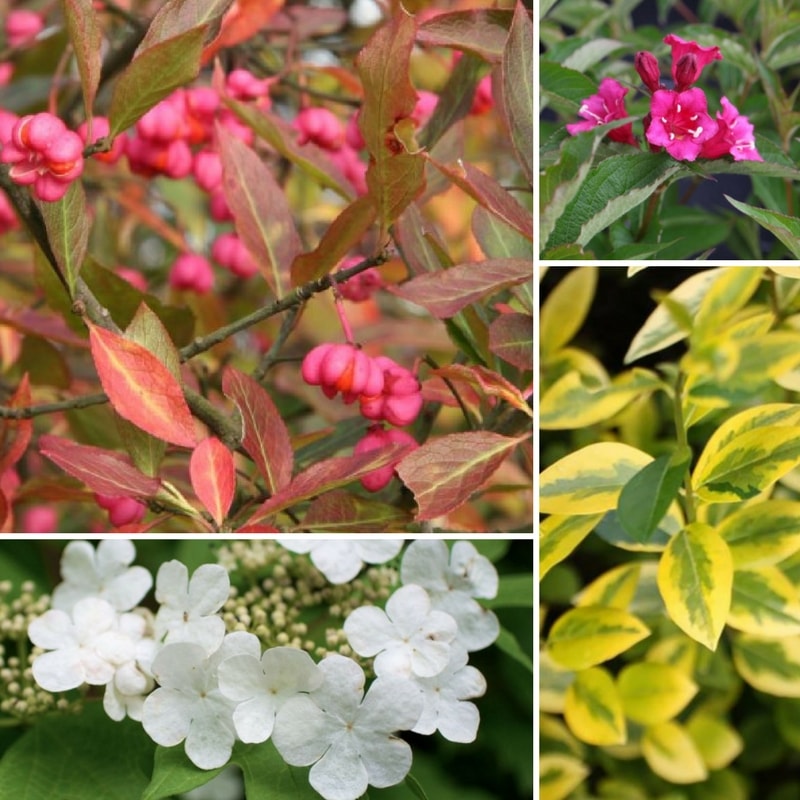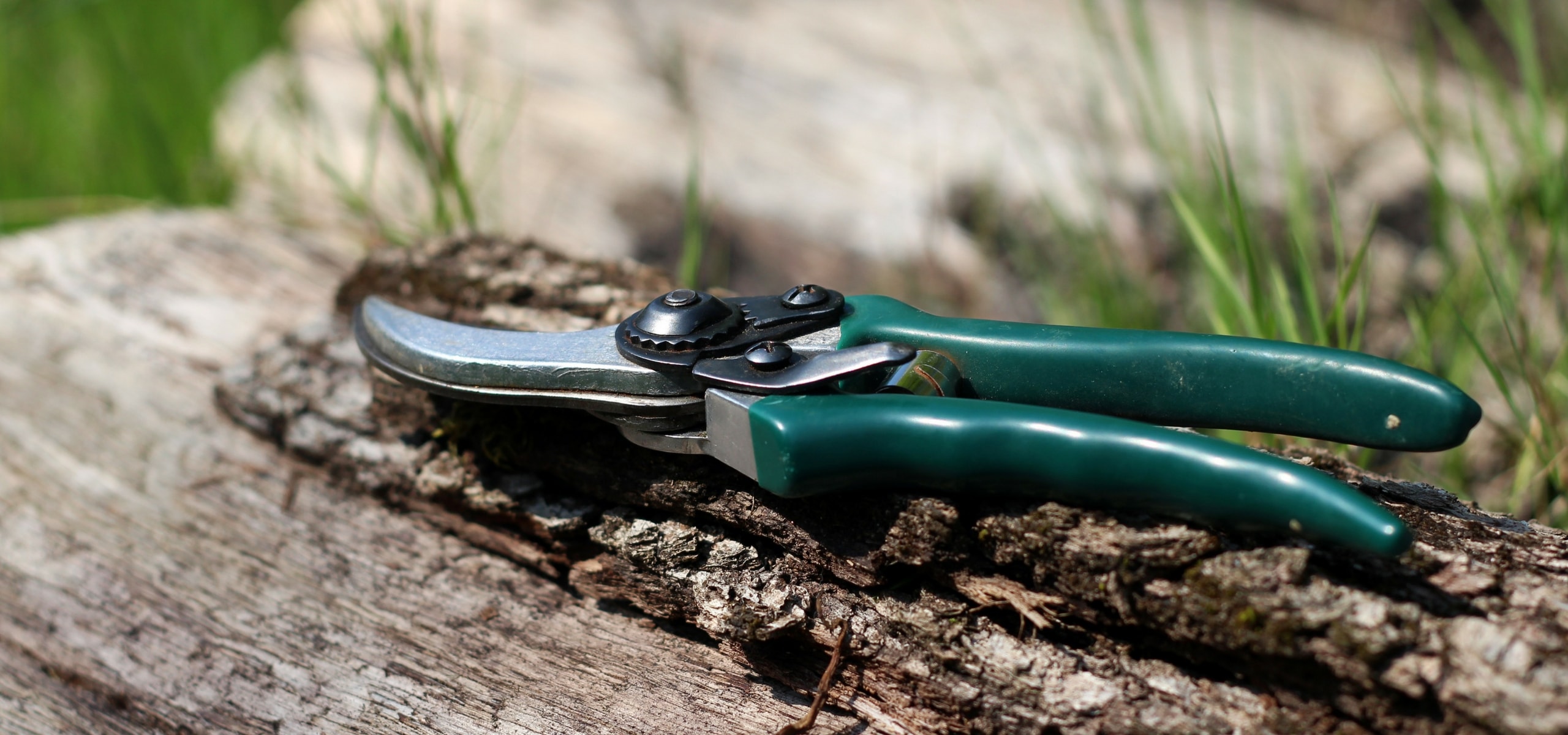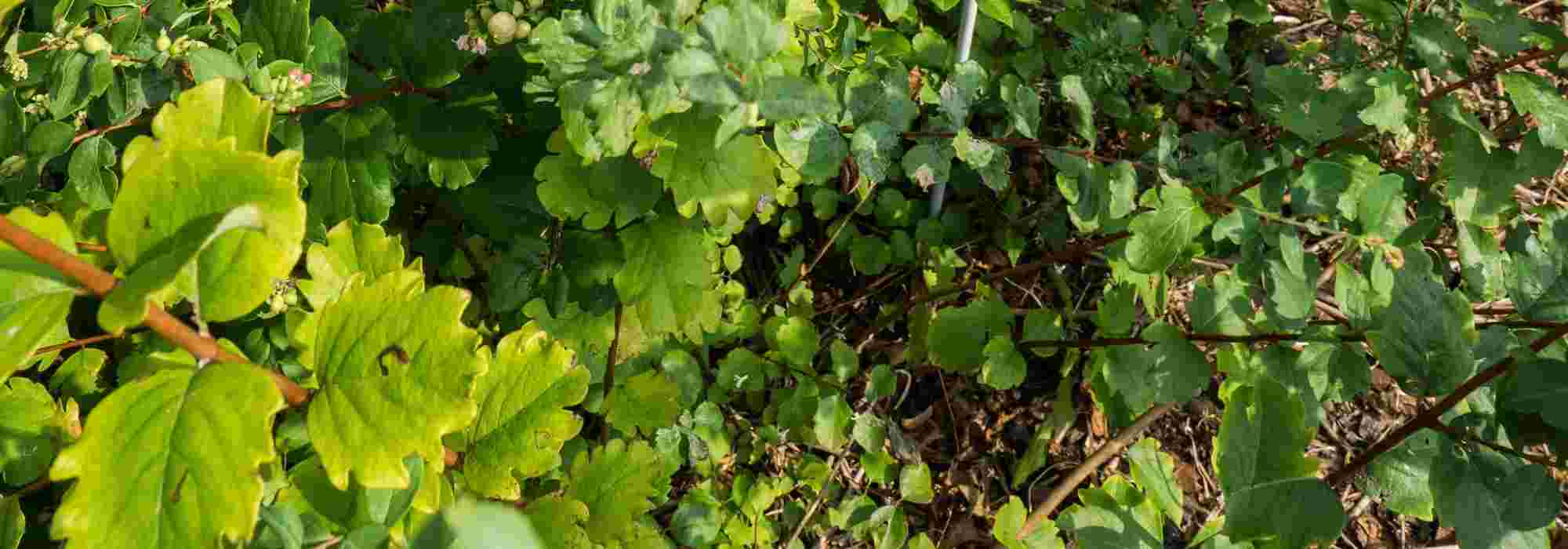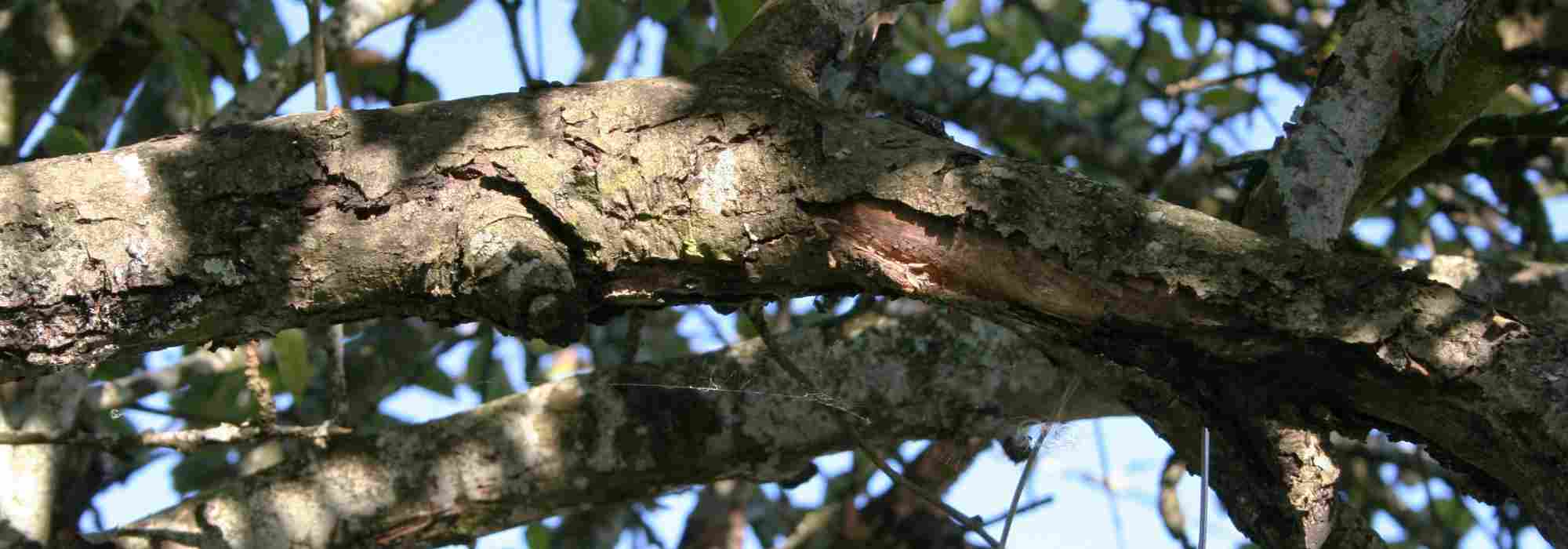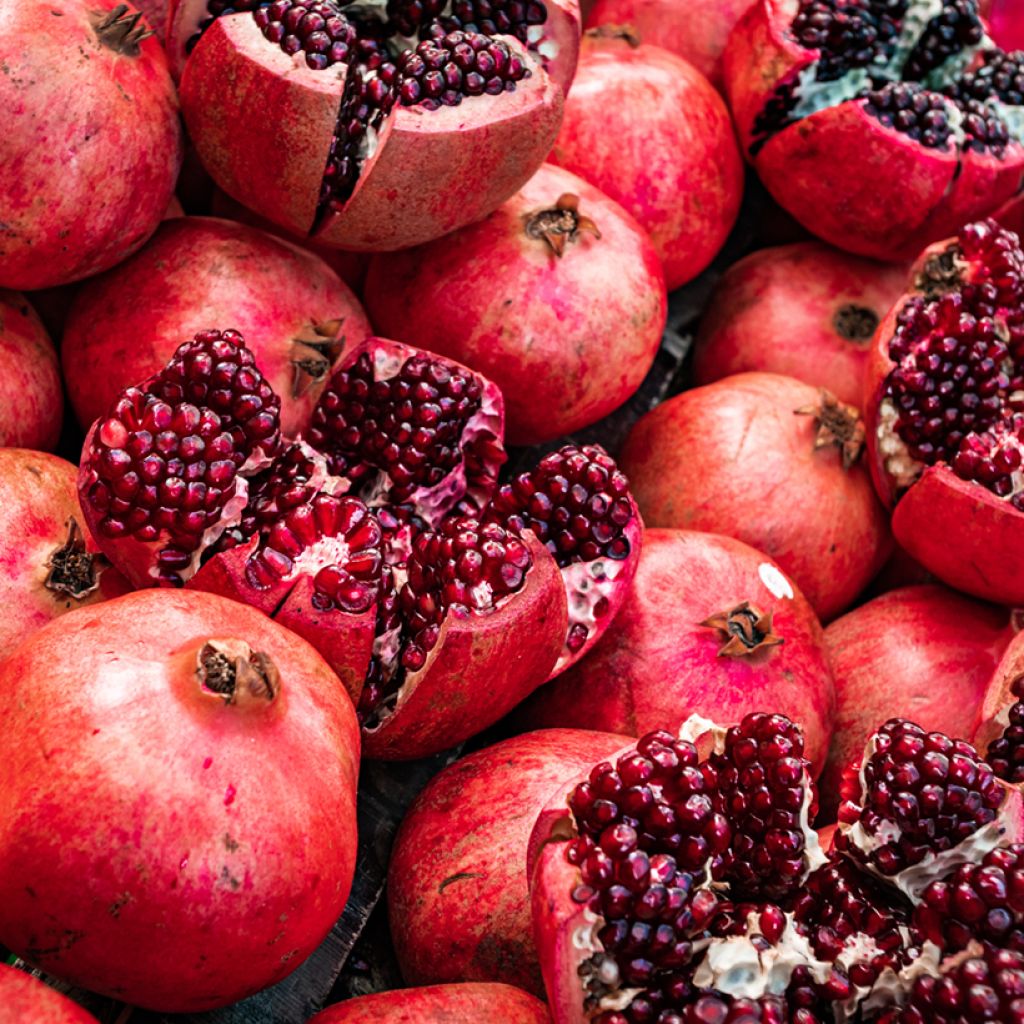

Punica granatum Acco - Pomegranate
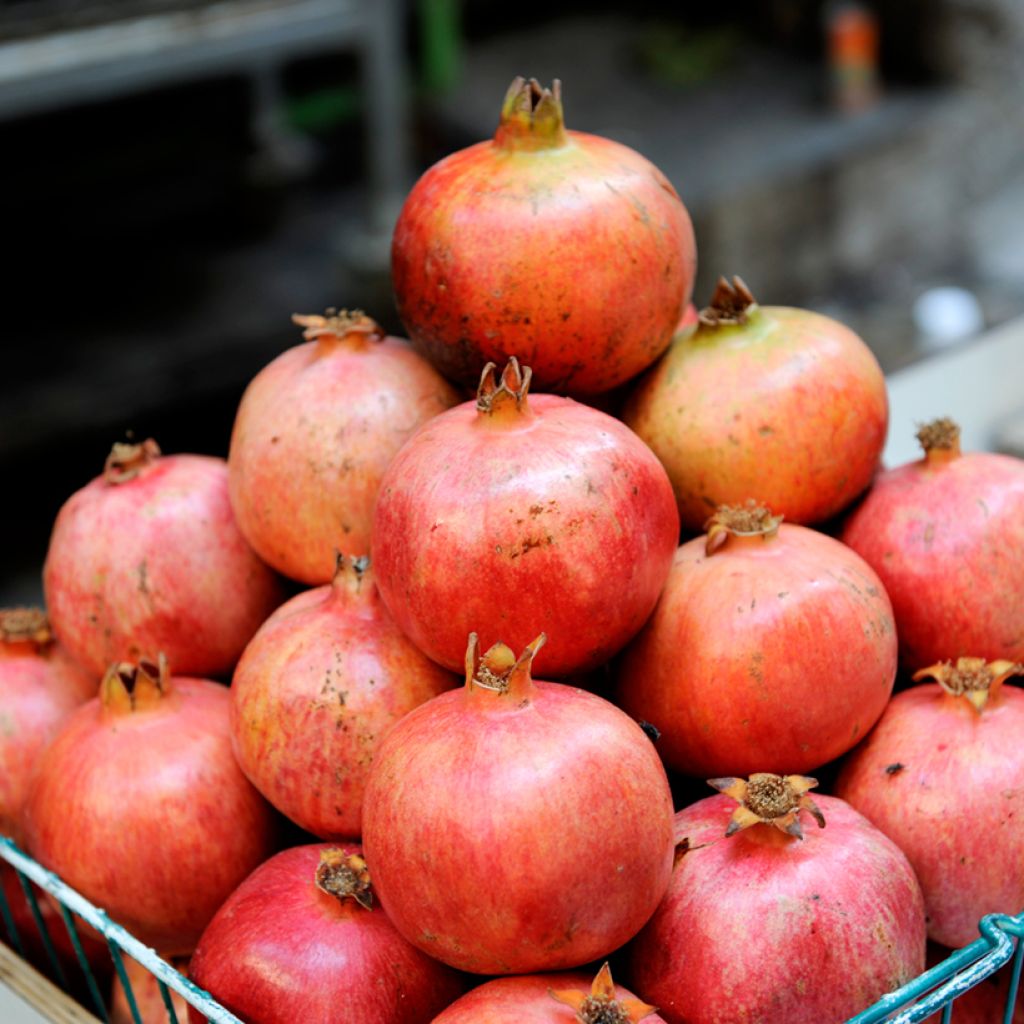

Punica granatum Acco - Pomegranate
Punica granatum Acco - Pomegranate
Punica granatum Acco
Pomegranate
Nice tree. I'm waiting for it to establish itself. There was a delivery issue and Promesse de Fleurs sent me a replacement plant without any difficulty, quickly and free of charge. Perfect.
Line, 22/10/2025
Special offer!
Receive a €20 voucher for any order over €90 (excluding delivery costs, credit notes, and plastic-free options)!
1- Add your favorite plants to your cart.
2- Once you have reached €90, confirm your order (you can even choose the delivery date!).
3- As soon as your order is shipped, you will receive an email containing your voucher code, valid for 3 months (90 days).
Your voucher is unique and can only be used once, for any order with a minimum value of €20, excluding delivery costs.
Can be combined with other current offers, non-divisible and non-refundable.
Home or relay delivery (depending on size and destination)
Schedule delivery date,
and select date in basket
This plant carries a 6 months recovery warranty
More information
We guarantee the quality of our plants for a full growing cycle, and will replace at our expense any plant that fails to recover under normal climatic and planting conditions.
Description
Punica granatum 'Acco' is a variety of pomegranate notable for its early ripening. Unlike most fruiting pomegranates, this one does not require a long, warm autumn to ripen its fruits. In Spain and southern France, they are harvested between late August and late September. These round pomegranates are medium-sized (250 grams), turning red when ripe. Their flesh is red, with a sweet and sugary flavour, containing tender seeds. This fruit tree is particularly suited to the Mediterranean region. It can also be attempted along the Atlantic coast, though without guarantee regarding sugar levels and organoleptic qualities.
The fruiting pomegranate 'Acco' (Punica granatum 'Akko') belongs to the botanical family Lythraceae. The species Punica granatum originates from Western and Central Asia, particularly Iran, Afghanistan, and the Himalayas, and has naturalised in the Mediterranean region.
The 'Acco' cultivar was developed in Israel for its early fruiting and fruit quality. This deciduous bush has a spreading habit and can reach a height of 3 to 4 m, with a similar spread. The tree has moderate vigour for a pomegranate. Its growth is considered moderately fast. The glossy green, ovate leaves measure about 3 to 7 cm in length. They are opposite, single, entire, and smooth, with pinnate veins. In autumn, they turn golden yellow before falling. The stems are angular and may bear short thorns. The bark, initially smooth and light brown, tends to become rougher and greyer with age. Young shoots are often reddish or brownish.
The flowering period, lasting from May to June in the south, reveals bright orange-red hermaphrodite flowers. These flowers, measuring between 3 and 4 cm in diameter, have a corolla composed of 5 to 8 crumpled petals and a thick, tubular base. They are usually solitary or grouped in small cymes at the shoot tips.
The fruits, called pomegranates, ripen from late August to October, depending on the climate. They are spherical, with a diameter of 5 to 12 cm, and display a bright red bark when ripe. Each fruit, weighing between 200 and 300 grams, contains numerous seeds surrounded by juicy, sweet ruby-red pulp: the arils. The seeds are relatively tender, making these fruits pleasant to eat.
Harvest 'Acco' pomegranates when the fruits reach a bright red hue and begin to split slightly, indicating optimal ripeness. To avoid damaging their thick skin, it is recommended to cut them with secateurs rather than pulling them. Once harvested, pomegranates can be stored for several weeks in a cool, dry place, and up to several months in the refrigerator. In cooking, they are prized for their juicy, sweet arils, enjoyed fresh, in salads, as juice, or in desserts. They add a tangy touch to savoury dishes, particularly tagines, sauces, or marinades. Their juice is rich in antioxidants and is used to prepare syrups, such as pomegranate molasses, a staple in Middle Eastern cuisine.
The 'Acco' pomegranate can only tolerate temperatures as low as -10°C at the lowest. It is therefore best suited to regions spared harsh winters. This small tree is also drought-resistant once established, but regular irrigation promotes better fruiting. The pomegranate prefers sunny positions and well-drained, fairly rich soil. It is also relatively disease-resistant, though monitoring is recommended to prevent potential aphid infestations or other pests.
A symbol of abundance like its iconic ancestor from ancient civilisations, the 'Acco' pomegranate is a magnificent specimen to plant as a specimen in warm locations. It will thrive wherever the olive tree can grow and fruit. It can also be used in a large Mediterranean fruiting hedge, paired with Osage orange, strawberry trees, or Japanese loquat...
The city of Granada, located in southern Spain, takes its name from the pomegranate, introduced by the Moors and abundantly planted in the lavish gardens of the Alhambra. A symbol of cultural exchange between East and West, this majestic tree once adorned the legendary Hanging Gardens of Babylon. Later, the Romans discovered it in Carthage and named it the "Apple of Carthage."
Punica granatum Acco - Pomegranate in pictures
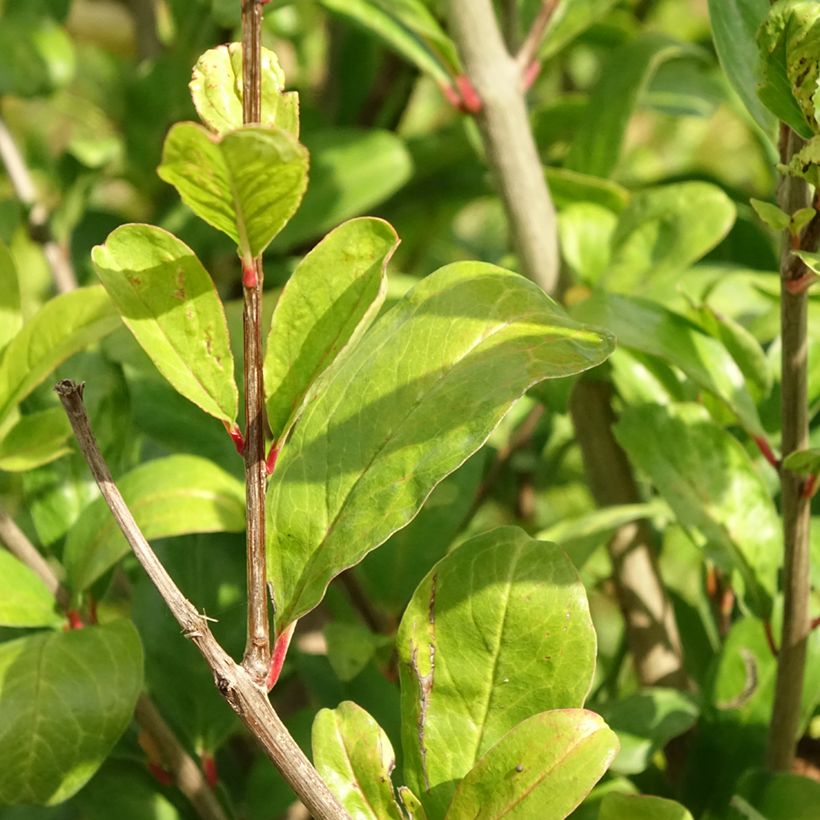



Plant habit
Fruit
Flowering
Foliage
Botanical data
Punica
granatum
Acco
Lythraceae
Pomegranate
Cultivar or hybrid
Planting and care
We recommend planting Punica granatum 'Acco' in autumn in a warm and dry climate. In more humid regions, it can be planted in spring. Position it in a very sunny and sheltered spot, in deep, well-worked and loosened soil, even slightly chalky. While it withstands drought very well once established and adapts to arid conditions, it will only reach its full potential and bear fruit abundantly in soil that remains sufficiently moist at depth. It also tolerates sea spray well. Monitor watering during the first two summers. It will appreciate compost and a thick layer of dead leaves, especially during the first two winters in slightly colder regions. Pruning in early spring is not essential, but it can help form a small tree with a single trunk or a nicely shaped habit with 3 or 4 trunks more quickly: keep the most vigorous stem(s) on a young plant and remove the others. In subsequent years, systematically remove shoots that emerge on the small trunk(s) up to the desired height. Note: only branches aged 3 years or older typically flower and fruit outside the crown.
The pomegranate tree has no specific pests; it is a very robust species. Some scale insects may settle on it, causing little harm to the tree (treat with white oil in winter if necessary). If left untreated, certain birds will help eliminate these scale insects.
Planting period
Intended location
Care
Planting & care advice
-
, onOrder confirmed
Reply from on Promesse de fleurs
Haven't found what you were looking for?
Hardiness is the lowest winter temperature a plant can endure without suffering serious damage or even dying. However, hardiness is affected by location (a sheltered area, such as a patio), protection (winter cover) and soil type (hardiness is improved by well-drained soil).

Photo Sharing Terms & Conditions
In order to encourage gardeners to interact and share their experiences, Promesse de fleurs offers various media enabling content to be uploaded onto its Site - in particular via the ‘Photo sharing’ module.
The User agrees to refrain from:
- Posting any content that is illegal, prejudicial, insulting, racist, inciteful to hatred, revisionist, contrary to public decency, that infringes on privacy or on the privacy rights of third parties, in particular the publicity rights of persons and goods, intellectual property rights, or the right to privacy.
- Submitting content on behalf of a third party;
- Impersonate the identity of a third party and/or publish any personal information about a third party;
In general, the User undertakes to refrain from any unethical behaviour.
All Content (in particular text, comments, files, images, photos, videos, creative works, etc.), which may be subject to property or intellectual property rights, image or other private rights, shall remain the property of the User, subject to the limited rights granted by the terms of the licence granted by Promesse de fleurs as stated below. Users are at liberty to publish or not to publish such Content on the Site, notably via the ‘Photo Sharing’ facility, and accept that this Content shall be made public and freely accessible, notably on the Internet.
Users further acknowledge, undertake to have ,and guarantee that they hold all necessary rights and permissions to publish such material on the Site, in particular with regard to the legislation in force pertaining to any privacy, property, intellectual property, image, or contractual rights, or rights of any other nature. By publishing such Content on the Site, Users acknowledge accepting full liability as publishers of the Content within the meaning of the law, and grant Promesse de fleurs, free of charge, an inclusive, worldwide licence for the said Content for the entire duration of its publication, including all reproduction, representation, up/downloading, displaying, performing, transmission, and storage rights.
Users also grant permission for their name to be linked to the Content and accept that this link may not always be made available.
By engaging in posting material, Users consent to their Content becoming automatically accessible on the Internet, in particular on other sites and/or blogs and/or web pages of the Promesse de fleurs site, including in particular social pages and the Promesse de fleurs catalogue.
Users may secure the removal of entrusted content free of charge by issuing a simple request via our contact form.
The flowering period indicated on our website applies to countries and regions located in USDA zone 8 (France, the United Kingdom, Ireland, the Netherlands, etc.)
It will vary according to where you live:
- In zones 9 to 10 (Italy, Spain, Greece, etc.), flowering will occur about 2 to 4 weeks earlier.
- In zones 6 to 7 (Germany, Poland, Slovenia, and lower mountainous regions), flowering will be delayed by 2 to 3 weeks.
- In zone 5 (Central Europe, Scandinavia), blooming will be delayed by 3 to 5 weeks.
In temperate climates, pruning of spring-flowering shrubs (forsythia, spireas, etc.) should be done just after flowering.
Pruning of summer-flowering shrubs (Indian Lilac, Perovskia, etc.) can be done in winter or spring.
In cold regions as well as with frost-sensitive plants, avoid pruning too early when severe frosts may still occur.
The planting period indicated on our website applies to countries and regions located in USDA zone 8 (France, United Kingdom, Ireland, Netherlands).
It will vary according to where you live:
- In Mediterranean zones (Marseille, Madrid, Milan, etc.), autumn and winter are the best planting periods.
- In continental zones (Strasbourg, Munich, Vienna, etc.), delay planting by 2 to 3 weeks in spring and bring it forward by 2 to 4 weeks in autumn.
- In mountainous regions (the Alps, Pyrenees, Carpathians, etc.), it is best to plant in late spring (May-June) or late summer (August-September).
The harvesting period indicated on our website applies to countries and regions in USDA zone 8 (France, England, Ireland, the Netherlands).
In colder areas (Scandinavia, Poland, Austria...) fruit and vegetable harvests are likely to be delayed by 3-4 weeks.
In warmer areas (Italy, Spain, Greece, etc.), harvesting will probably take place earlier, depending on weather conditions.
The sowing periods indicated on our website apply to countries and regions within USDA Zone 8 (France, UK, Ireland, Netherlands).
In colder areas (Scandinavia, Poland, Austria...), delay any outdoor sowing by 3-4 weeks, or sow under glass.
In warmer climes (Italy, Spain, Greece, etc.), bring outdoor sowing forward by a few weeks.






























